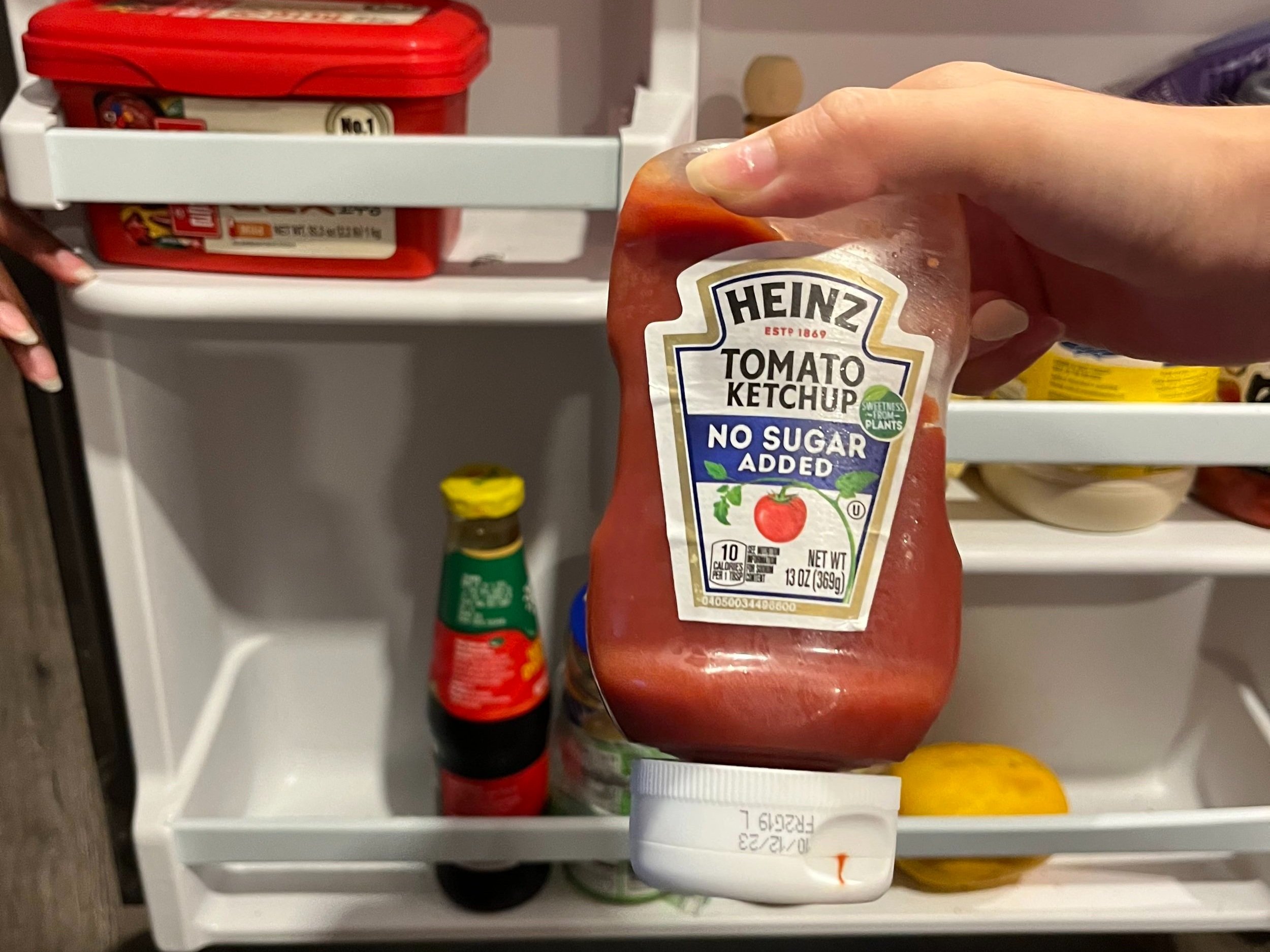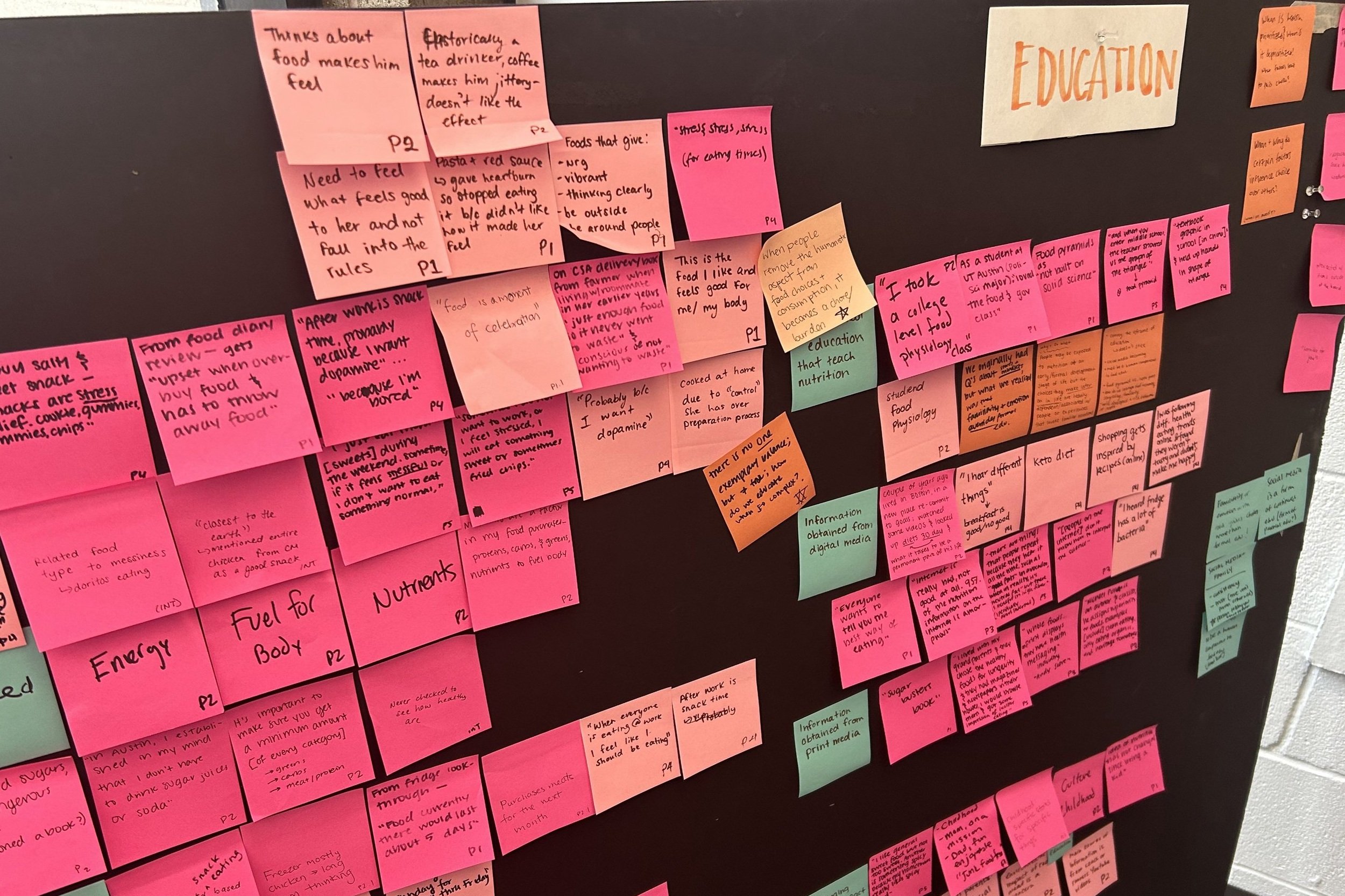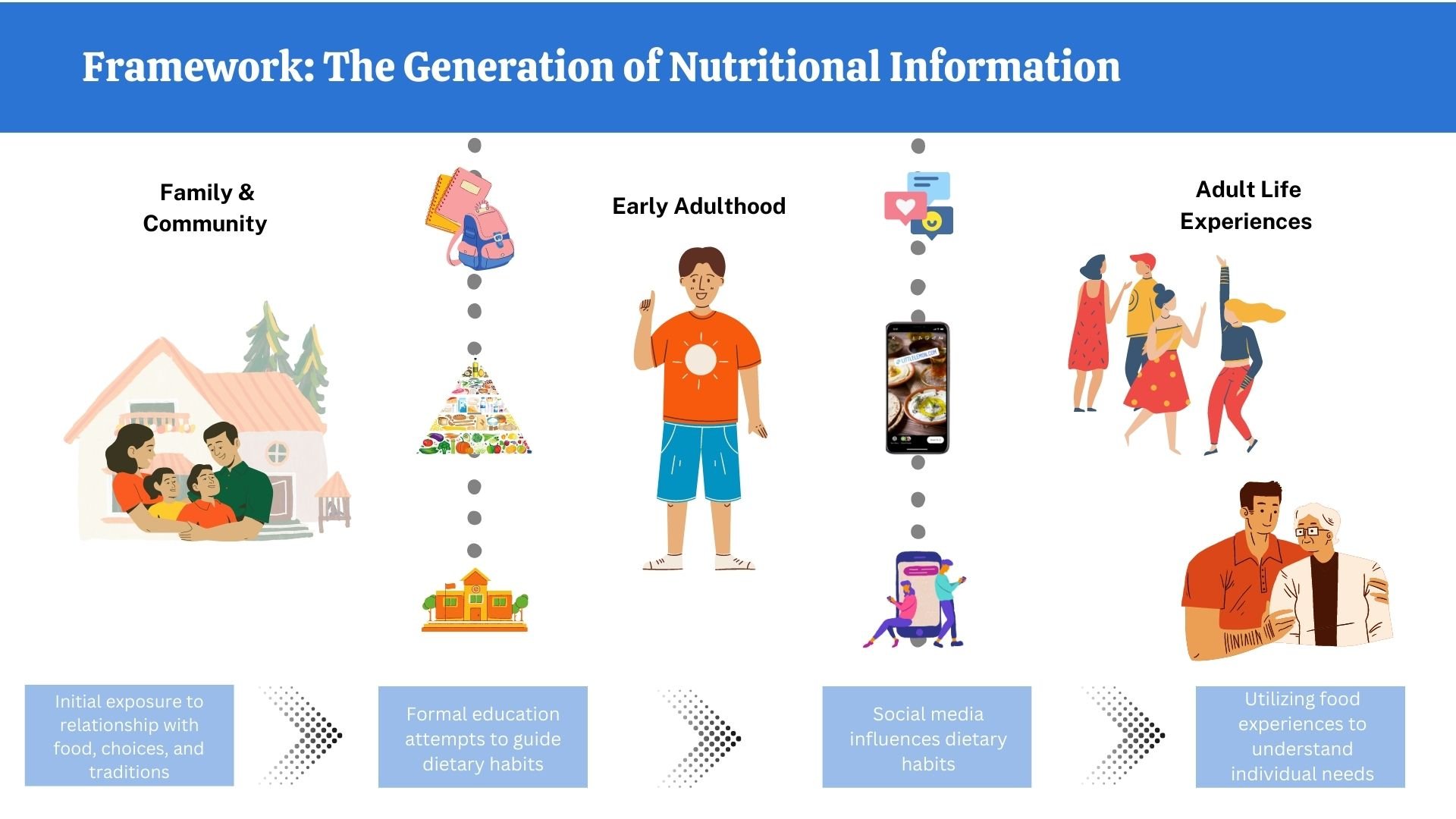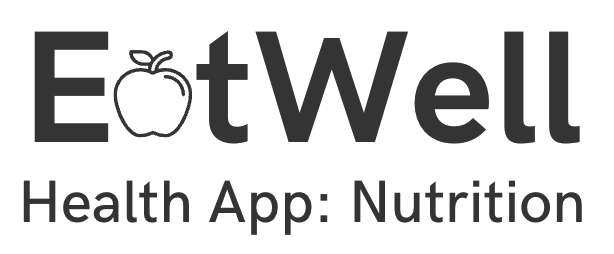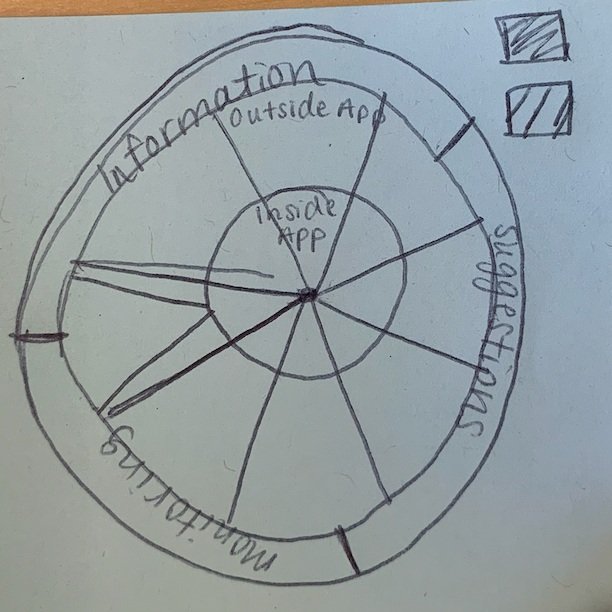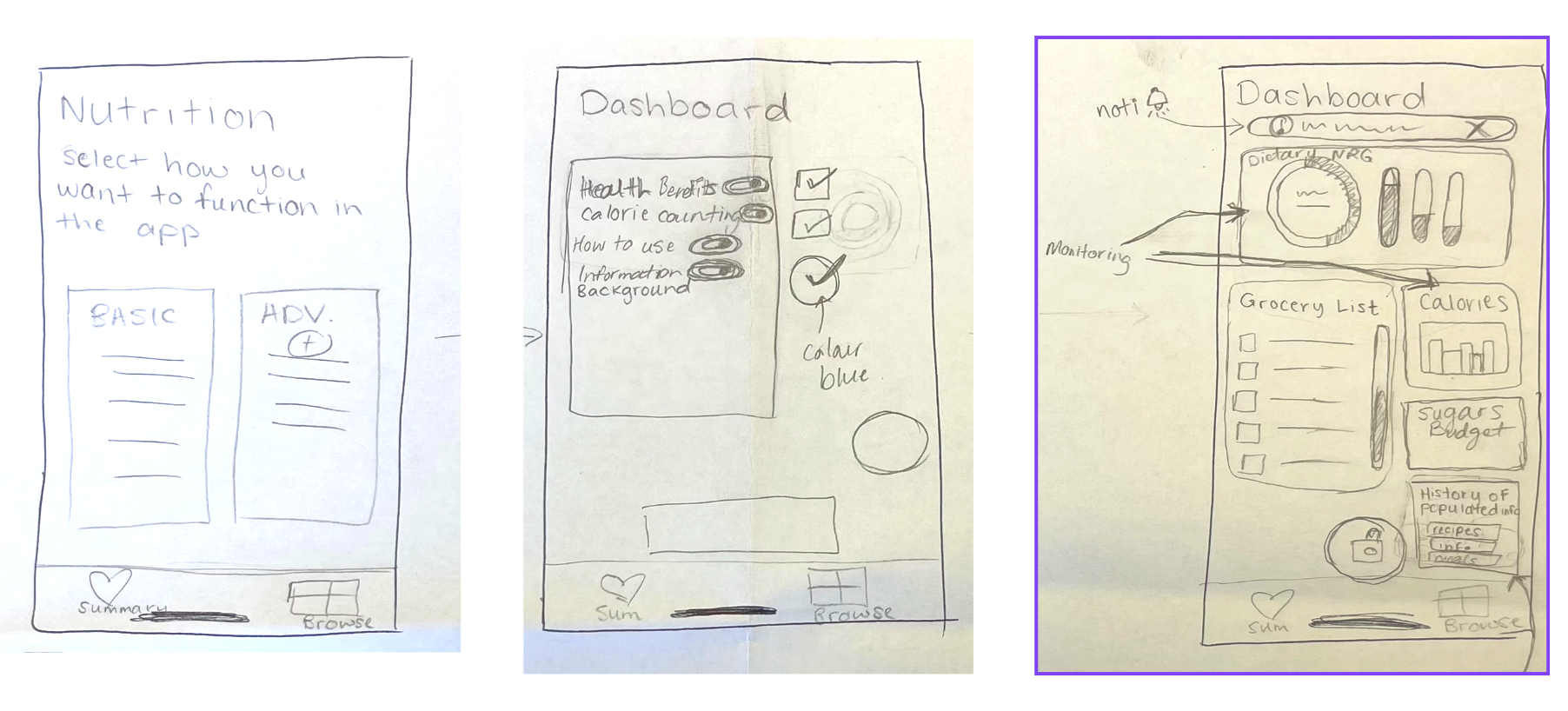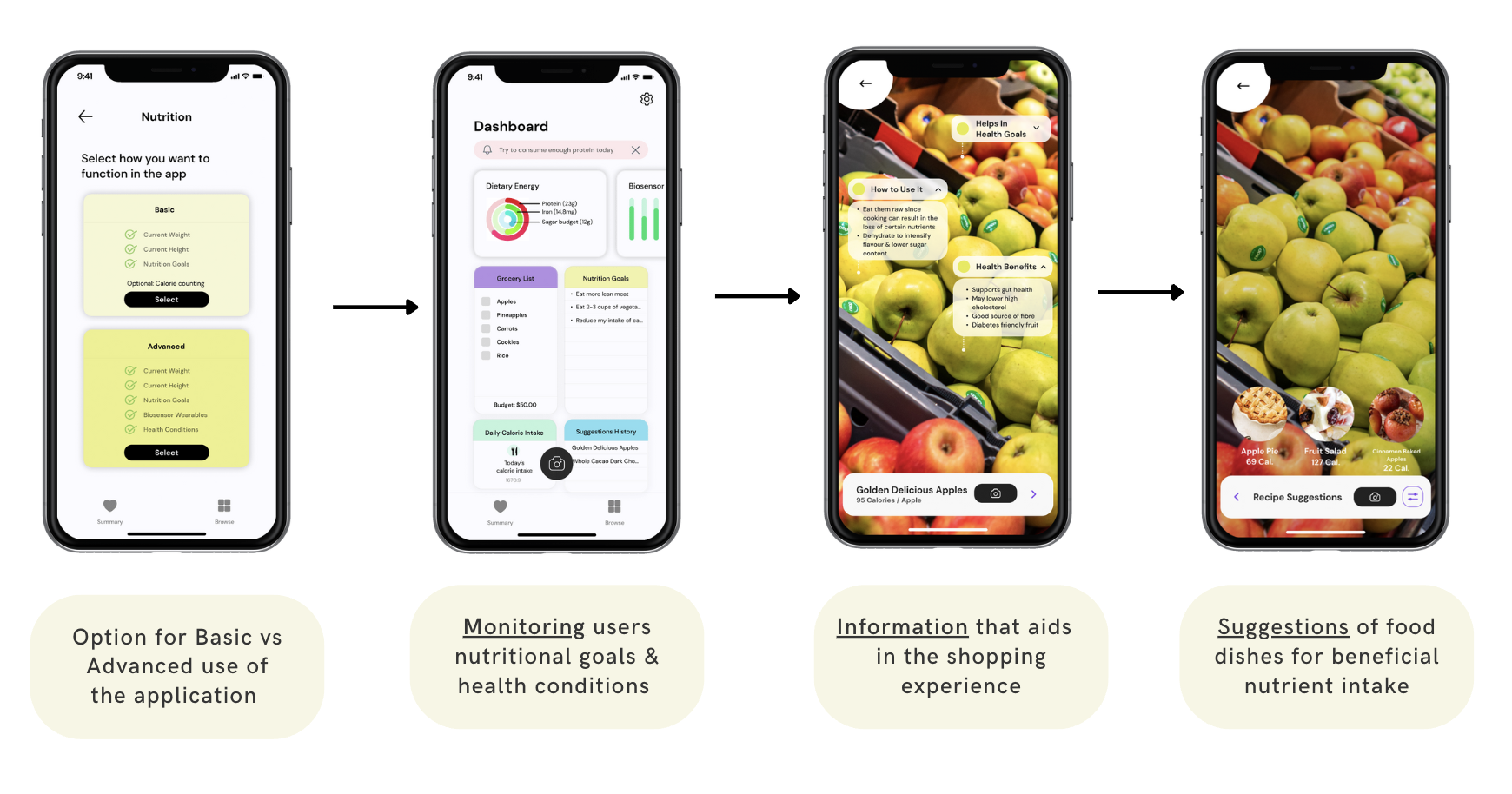
Tackling Nutrition: Creating EatWell
with Iya Abdulkarim, Jesse Davison, Jewel Thompson-Adiuku
Summary
We developed a service, EatWell, that would enhance the food selection experience by using personalized nutritional information
Why?
As per the World Health Organization, nutrition is a critical part of health and development. In 2019 in the U.S., 12.3% of adults met fruit and 10.0% of adults met vegetable intake recommendations. Though nutrition is critical to health outcomes, majority of the population were making decisions based on other factors rather than recommendations.
Our team also recognized a contrast between what was taught in schools in terms of nutrition and what is seen on social media.
So we wanted to find out why & how people choose foods and how people understood the impact of their food choices.
My Role
Design Lead
Design Research
Synthesis
Co-creation and Prototyping
Visualizations
Our Process
Field Visits
Secondary Research
Contextual and Expert Interviews
Intercepts
Capturing Observations
Affinity Mapping
Insight Development
Frameworks
Mission Statement
Design Principles
Market Analysis
Relationship Centered Design
Concept Development
Prototyping Plans
Co-creation
SWOT Analysis
Service Logistics Visualization
UI/UX Application Design
Research
Understand why & how people choose food in the store and how people understand what impact their food choices will have on their nutrition*
*this goal went through iterations as we developed our field guide, conducted fieldwork and more
This goal informed the development of our methods and interview guide. We decided to focus on adults (20-50) in the Austin area who were responsible for their own food choices and operated a primary grocery shoppers in their household unit.
“I don't really eat breakfast because you know I hear different things; some people say breakfast is beneficial for you but I also heard other research that says (stuff) on fasting. I don't know.”
-23 year old graduate student
Prior to interviews, we conducted thorough secondary research and observations that informed our questions. We also had some participants collected images of shopping experiences as well as their kitchens in the form of food diaries; this served as a basis for asking specified questions. We performed contextual interviews in home with participants, which allowed for us to immediately see and gain another layer of understanding in terms of our participants' perception of their diet. We utilized intercepts in our research methodology as a way to engage with many quickly. We also conducted an expert interview with a nutritionist to further our own knowledge on the complexities of nutrition.*
Field observations at multiple food stores
50+ secondary resources reviewed
2 food diaries
5 in depth interviews
4 contextual
1 expert interview
nutritionist
15 intercepts at Lady Bird Lake
*our field interview questions also went through iterations as we learned more and began synthesis
Synthesis
We parsed through all data collected to then note captured observations. We initially organized these observations based on our research questions, but soon found it useful to organize by emerging themes:
-
Through conversations, our participants made it clear that food education occurred through many different avenues. Many recalled learning the food pyramid in formal settings but the significant learnings about food occurred in their upbringing and through digital and printed media. A 31 year old participant noted how her dad would shop at health food stores and a lot of what she knew about healthy eating stemmed from her dad's habits and knowledge. Another participant noted how as a runner he would try to learn about what to eat through runners and trainers vlogs and how-to videos.
-
Participants had a lot to say on how and why they purchase foods. It was clear that cost, stores and labels all went into their purchasing process. A 23 year old graduate student mentioned how cost was vital to her, but with the lack of access to grocery stores in her area near campus, she had to resort to online shopping.
-
A few different factors emerged as ways participants made choices. Trends, appearance, familiarity, taste and variety were important to many different participants. One of the intercept participants mentioned choosing a snack in the activity solely because he "used to eat these when (he) was young".
-
When, how and why participants actually consumed food took a few different forms. A few of these included scheduling, needs and wants, environment, stress and trying to have a balanced diet. Multiple participants mentioned having cravings the guilty feelings around those cravings for foods that did not fit their perception of good foods.
These findings helped us understand what the nutritional journey could be like for an individual. The framework below depicts how all these different factors play a part in an individual's life of learning about food and nutrition:
Organizing and understanding the trends in our observations through the themes above as well as the framework led to us to ask "why are these ideas important? What do they mean? So what?". These questions led to our insights:
Insights
Experiences > Formal Education
Much more than anything learned in school or in a formal setting, experiences with family, friends and media influence how adults eat today.
People > Place
Where someone shops, the experience of shopping, and store structure comes second to the influence of humanistic aspects and people.
It is not a one size fits all
Often society operates as if one set of diet habits is the standard for everyone, with ideas like the keto diet and the food pyramid but in reality what and how people should eat is completely individual and specific.
"I think my mom’s regulation on the purchase of the snacks still has an influence."
“Right now I am cooking all my meals. I was raised to think homemade foods are healthier and better.”
"When I think of having a meal, [it's about] being able to sit down, talk to someone, enjoy the food that we are eating; food is a big central component of family gatherings.”
“Trader Joe's always has handwritten price, I think I feel closer to food I’m eating.”
“Everyone’s needs and nutritional requirements are different based on a laundry list of things. So I definitely know that not one diet or not one plan can fit the needs and likes of other people. ”- Expert
“Everyone wants to tell you how their way of eating is the best way of eating...in [actuality], accepting that this is the kind of food I like, that feels good for me.”
Defining Goals
After synthesis, our team need to shift from discovery phase to a development phase. Part of the overarching goal for the development phase was to design concepts that leveraged relationship centered design*. This began by utilizing our insights and knowledge in addition to our desires for the design outcomes to develop goals. We utilized tools like the concentric circles set ideas on what different levels of society's relationships would look like if our design was to foster healthy and fulfilling intentional eating.
*this framework takes the user out of isolation and puts them in relation to other people, things and themselves
This exercise, alongside more thought and discussion helped us develop our design principles:
Recognize, uplift, and honor the different contexts of individuals to foster personalization.
Design Principles
Honor the autonomy of users by providing tools to understand and filter information to make decisions for themselves.
Create a learning process with continuous engagement through leveraging all forms of teaching (formal & informal).
People have a right to access not just food, but to all nutritional options.
To help narrow the scope of design process further, we also completed a market analysis to understand what was already being done in the field and where there were opportunities:
-
How might we incorporate artificial intelligence, for the purpose of improving knowledge on nutritional health, into nutrition initiatives?
How might we create sustainable/long-term community driven cooking/recipe building programs that growth with the participants?
How might we incorporate food sustainability efforts into company models to prevent or reduce food wastage as a result of food surplus in large food corporations?
How might we integrate traditional meals/nostalgia into MyFitnessPal App and dispute a “standard meal/Ideal meal”?
Prototyping
Our team began our concept development with brainstorming different key relationships we could potentially impact within the space of nutrition and how we might do so. We conducted a SWOT analysis and landed on prototyping the following the concept:
Key Relationship
Concept
Description
Person + Themself
Augmented Reality Assistant while shopping
A digital platform which allows users to obtain insights and information in real-time about food products in the store. As an individual shops in a store, the app/platform will provide them with prompts, insights, and/or alerts about different food products. This is intended to provide nutritional knowledge to shoppers that are tailored to their health and dietary needs.The application may employ a camera to identify products and provide visual features resembling an AR system.
Prototype: Augmented Reality Assistant
Our team was able to work with two of previous research participants to prototype this concept
Our team walked around the grocery store with each participant and presented sticky notes that depicted nutritional information or other prompts related to the items that were being considered
The participant provided feedback on the type of information they found helpful or not
Participant provided suggestions to improve information presentation and insights on how tailoring details to suit their individual needs & interest
Key Takeaways:
Suggestions of foods with the same nutritional value but for cheaper in the store. This suggestion allows for users with different socio-economic status levels to have curated shopping experiences
The significance of reducing the interference of application with the shopping experience
The importance of a shopping list feature: the user mentioned on multiple occasions that such a feature integrated into the application and shopping experience so that suggestions could be based on such list
Service Design
What is EatWell:
It is a Digital AR service hosted within the existing nutrition feature on mobile phones + phone apps. We wanted this to be integrated into pre-existing phone ecosystems. Both Android and Apple's IOS
How it Works:
The service uses your smart phone camera and deep learning (Food Recognition + Food Logging) in collaboration with the user's health information provided within the Health app to create customizable suggestions in real time at the grocery store.
Now that we had decided on a prototype to flush out and move forward with, our team was tasked with representing the essential details of the service that would be palpable to an audience but provide a deeper understanding of how the service would function and what it’s purpose was. Our team wanted to show the impact the augmented reality shopping assistant had on users, in terms of what the goal of the service was, what the direct features of the services was and then the overall impact to the user outside the service, in their lives.
To go along with our service visualization, our team chose to develop the interface that users would interact with in order to benefit from the service, i.e. the application design itself.
Here is a sequence of screens that a user would encounter upon opening their phone’s Health: Nutrition feature. Starting an option for what kind of profile to develop, then a personalized dashboard. The last two screens show how the augmented reality portion of the application would look like for a user who chooses to open their camera and gain information on food item.
-
We need to consider the inherit biases in models of artificial intelligence because of the information they are trained with.
-
We recognize that an application would require smart phone reliance and as well as it requiring data of users to operate.
-
Food is a sensitive topic and in the development of the application it would be pertinent to test aspects of the interface to ensure it is not triggering. The application would have an emphasis on eating goals that user’s set for themselves over any imposed notion of nutrition.
-
As emphasized in design, the development would need to be iterative; see how the AI is landing and re-train the machine to leave the biased patterns behind.


